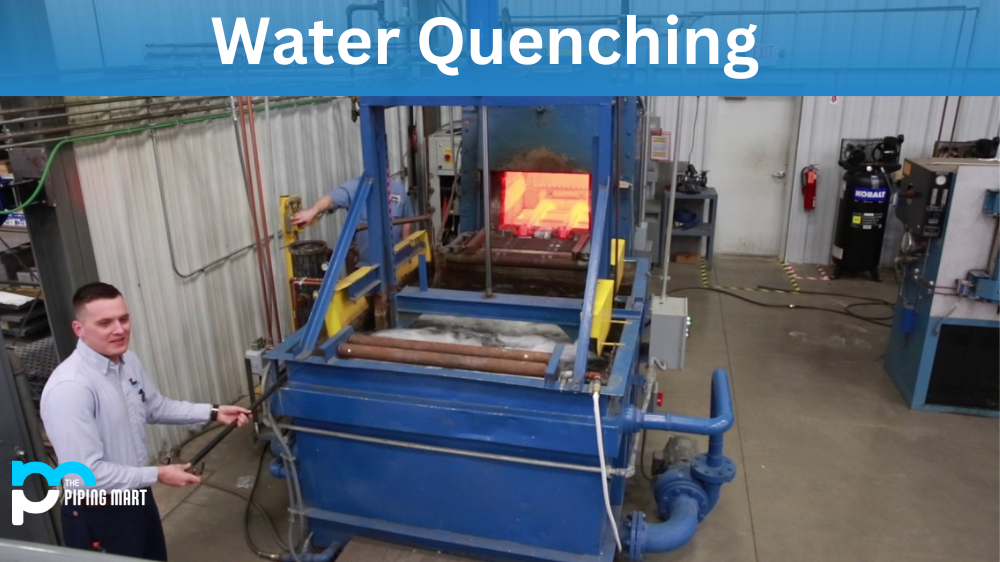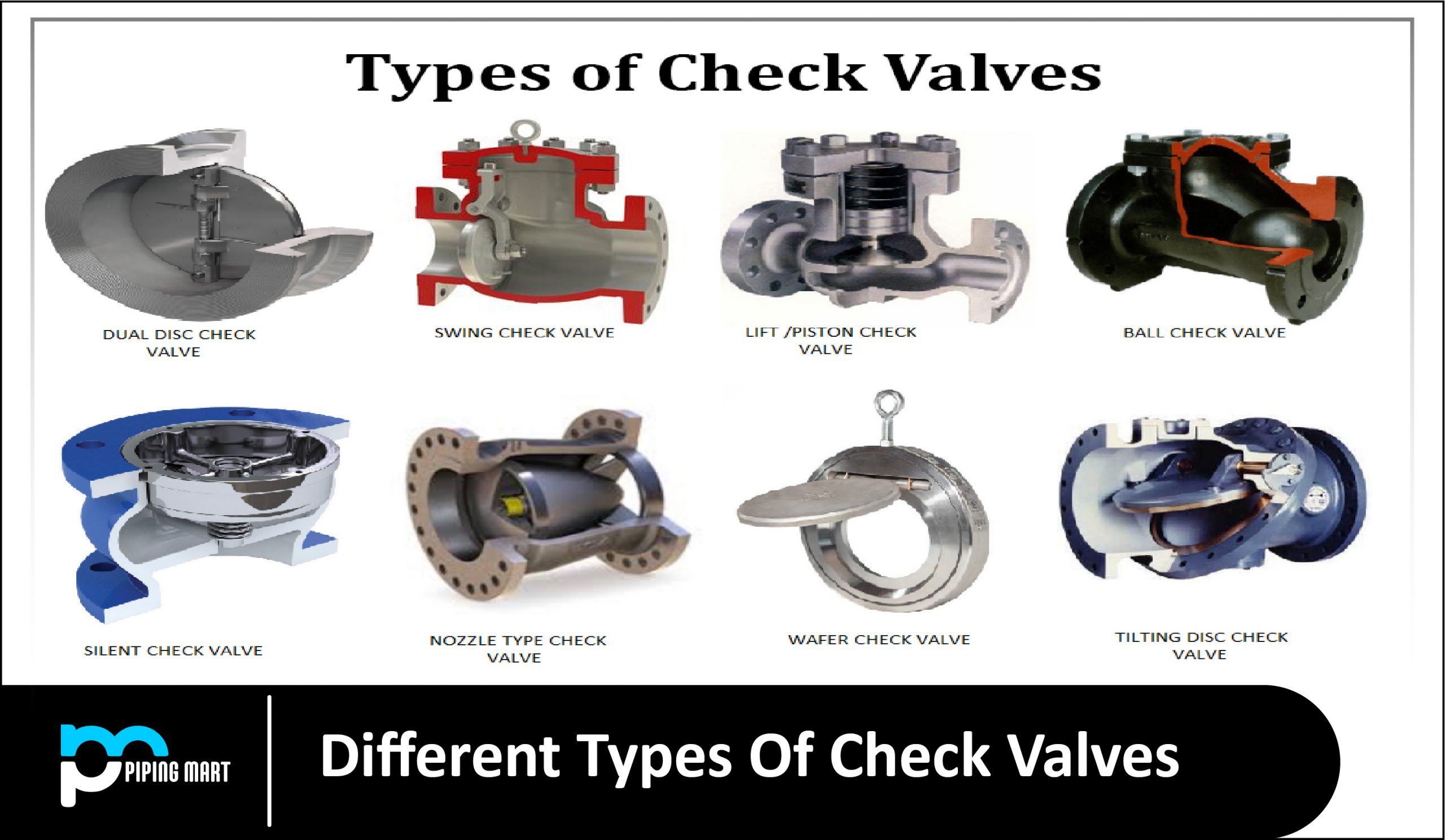Have you ever wondered about the difference between die casting and permanent mould casting? It can be difficult to decide which method is best for your business, so let’s break down both processes and their benefits. Intended Audience: Business owners in the manufacturing industry.
Die Casting
Die casting is a metal-forming process that uses high pressure to inject molten metal into a steel die or mould cavity. This process allows for precise shapes and dimensional stability that can produce highly detailed parts with minimal post-processing. The two most common metals used in die casting are aluminium and zinc, though other metals such as copper, magnesium, lead, tin, and iron can also be used.
The cost of die casting depends on the size of the product being produced; it becomes less expensive as the number of products increases due to economies of scale. Additionally, because it is a relatively fast production process, die casting often results in shorter lead times than some alternative methods. Die castings are also known for their strength and durability—they can withstand higher operating temperatures than many other metals—so they are ideal for products that require high-performance levels over time.
Permanent Mold Casting
Permanent mould casting is similar to die casting but with one key difference: instead of using steel moulds or dies, permanent mould castings use refractory moulds or cores made from materials such as ceramic or sand-bonded alloys. This type of moulding requires an initial investment but once produced, these moulds can provide an unlimited number of castings with little additional cost. Permanent mould castings are typically more accurate than those produced by other methods because they produce uniform components each cycle due to consistent cooling rates within the moulds. They are also well suited for producing larger parts since there doesn’t need to be a specific limit on how much-molten material can fit in the cavity at one time like die casting has—the only limit is the size of the actual mould itself. Finally, because permanent moulds endure multiple pour cycles without deformation or wear out over time like steel dies do when producing large quantities of parts, permanent moulds offer lower long-term costs per part compared to other processes such as diecasting or sand casting.
Difference Between Die Casting and Permanent Mold Casting
When it comes to casting processes, there are various methods to choose from, such as die casting and permanent mold casting. Both techniques have their unique characteristics and uses, but it’s important to understand the difference between them. In die casting, molten metal is injected into a closed mold under high pressure, resulting in a precise and intricate product that’s perfect for mass production. On the other hand, permanent mold casting involves pouring the liquid material into a reusable mold, ultimately resulting in a product that is less precise but can handle higher volumes compared to die casting. Understanding the nuances between these two casting methods is crucial for manufacturers to know which one would be best suited for their specific project.
- Die casting is a process that uses moulds to create metal parts.
- Permanent mould casting is a process that uses moulds to create metal parts.
- Die casting is typically used for small, intricate parts.
- Permanent mould casting is typically used for larger parts.
- Die casting typically has a higher production rate than permanent mould casting.
Conclusion
As you can see, both die casting and permanent mould casting have their own advantages depending on your needs and requirements. Die casts provide precise shapes with minimal post-processing, while permanent moulds offer unlimited production potential at a lower long-term cost per part compared to other methods such as sand casting or diecasting. Ultimately it comes down to what kind of product you will be making – if accuracy and precision matter, then diecasting should be your go-to choice; however, if you are looking for larger parts at low cost, then permanent moulds could be just what you need! Business owners in the manufacturing industry should weigh both options carefully before deciding which method would work best for their individual needs.

Abhishek is a seasoned blogger and industry expert, sharing his insights and knowledge on various topics. With his research, Abhishek offers valuable insights and tips for professionals and enthusiasts. Follow him for expert advice on the latest trends and developments in the metal industry.




